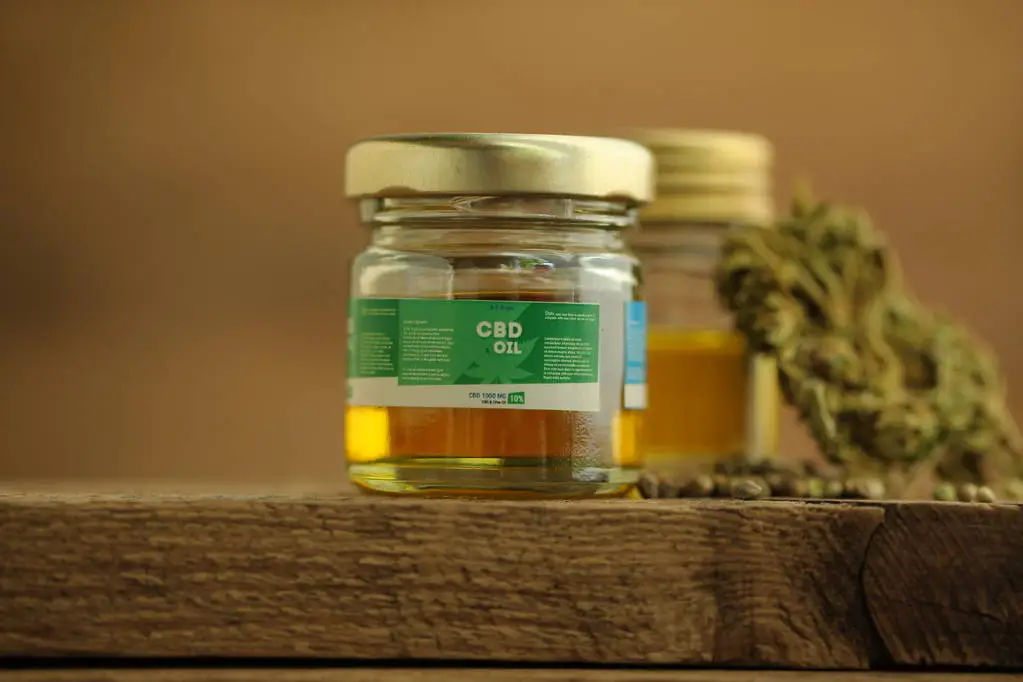A new study published in the journal Pharmaceuticals has found that high-CBD, full-spectrum cannabis extract can improve the symptoms of moderate to severe non-syndromic Autism Spectrum Disorder (ASD) in children and adolescents.

The study, titled “Clinical and Family Implications of Cannabidiol (CBD)-Dominant Full-Spectrum Phytocannabinoid Extract in Children and Adolescents with Moderate to Severe Non-Syndromic Autism Spectrum Disorder (ASD): An Observational Study on Neurobehavioral Management,” demonstrates significant improvements in both core and comorbid symptoms of ASD.
The research team, consisting of researchers from the University of Brasilia and the University Hospital of Brasilia, conducted a retrospective, observational, and cross-sectional cohort study involving 30 participants aged 5 to 18. The participants were treated with individualized doses of a CBD-dominant extract containing a CBD to THC ratio of 33:1. Neuropsychological evaluations and clinical assessments were performed, and parents or caregivers were independently interviewed to gauge perceived treatment effects.
The study found “significant improvements in various symptomatic and non-symptomatic aspects of ASD,” as reported by both clinical assessments and parental perceptions. Notable enhancements included increased communicative skills, attention, learning, and eye contact, alongside reduced aggression and irritability. The study also highlighted an overall improvement in the quality of life for both the patients and their families.
“The benefits of treatment with full-spectrum CBD oil for non-syndromic individuals with ASD are not only noticeable to the clinical eye but are also perceived and experienced by the families and caregivers,” the study concluded. This dual confirmation of benefits underscores the potential of CBD-dominant extract as a viable treatment option for ASD.
The research emphasizes the need for individualized dosing, noting that a gradual and personalized regimen is crucial for maximizing therapeutic outcomes while minimizing adverse effects. The study reported minimal side effects.
The full text of this study can be found by clicking here.







